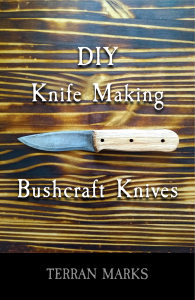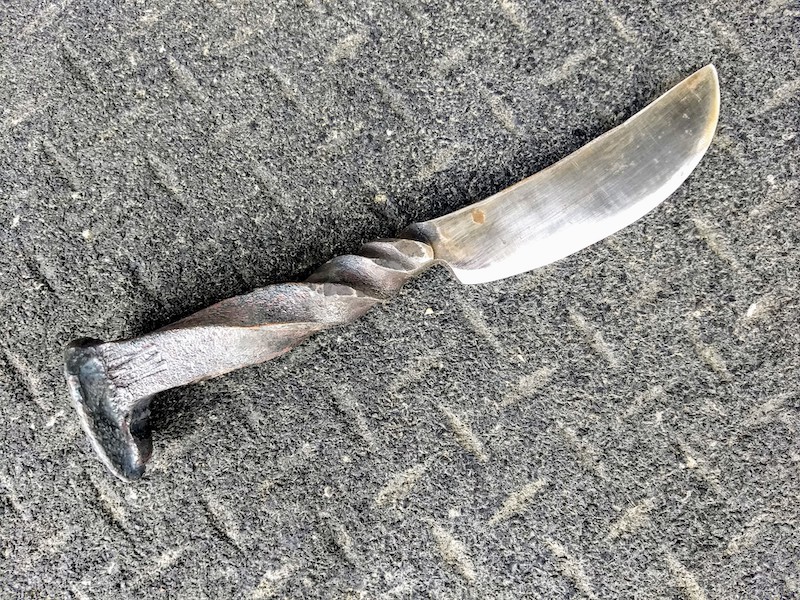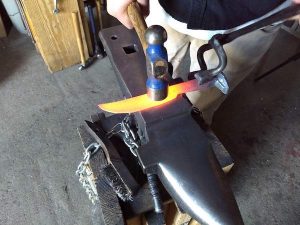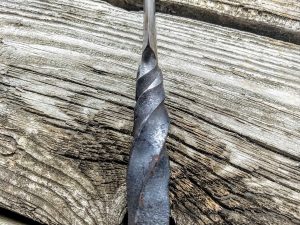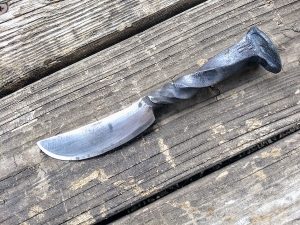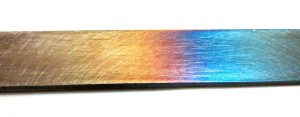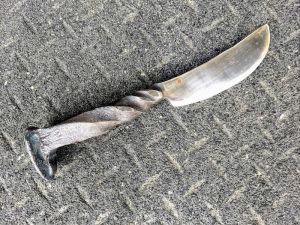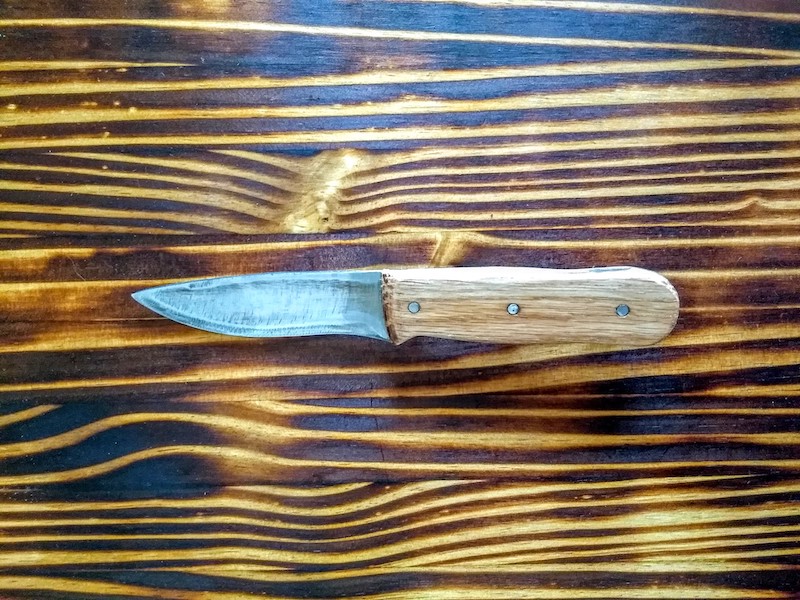
Brown County Forge’s Knife Making Kits Review
In general, kits are a fun way to start on a new hobby.
They are generally inexpensive and have easy-to-follow instructions.
Whether it’s beer-making or open fire cooking, many kits meet or exceed expectations.
One type of kit that has become pretty popular in recent years is the “knife making” kit.
One kit in particular seems to stand out above the rest:
Man Crates Knife Making Kit
In today’s post, I’m going to break down what’s bad and what’s good about Man Crates’ Kit (and other kits like it).
“Not Knife Making” – Customer Review on Man Crates’ website
If you go through the reviews on Man Crates Knife Making Kit, you will see a cascade of five stars.
Many customers had a great time putting handles on their knives.
BUT that’s really all it is.
The steel portion of the knife is already shaped, sharpened, and heat treated.
All you need to do to “make your knife” is attach your wood pieces and pins with epoxy and shape the handle.
From that review above:
“This isn’t a knife making kit, it’s simply a knife handle making kit. The blade comes already shaped and sharpened. Just not as cool.”
You should be the final judge of the quality and value of the kit, but at $149.99 it just doesn’t seem worth it (in this professional’s opinion).
Note: Their Folding Knife Kit seems to fair better in terms of Reviews. This could be due to the added skill involved in attaching the handle and dealing with the locking mechanism. Folders are more complicated than fixed blades.
Other Knife “Making” Kits
Jantz Supply in Oklahoma also offers knife making kits through their website: knifemaking.com.
Most of their kits range from $5.95 to $19.95 with a few rare exceptions over $100.
These are usually large specialty blades. Example: Their 13-inch long Carina Chef blade in V10 Damascus.
With that knife kit, you’re paying for the quality of the material more than anything.
But again, if you want to actually make your knife from start to finish, this is a Knife Handling Kit.
Nothing against Jantz Supply and their well-crafted products. They have been a leader in knifemaking education and supplies since the mid-1960s.
How to Make Legitimate Knives from Start to Finish

In DIY Knife Making – Bushcraft Knives, we start by selecting our steel by carbon content. All information about where to find the right steel is provided.
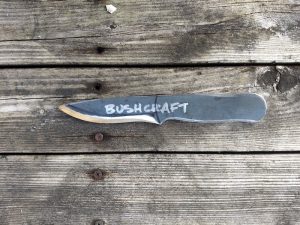
Together, with step-by-step instructions, we go through how to cut, grind, shape, and sharpen a knife blank.
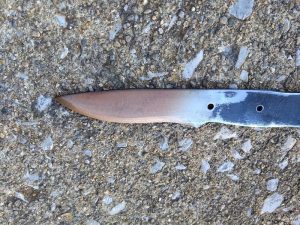
We’ll go over how to properly heat treat knives – Hardening AND Tempering.

You’ll learn the necessary steps to make handle scales and attach them with an easy method.
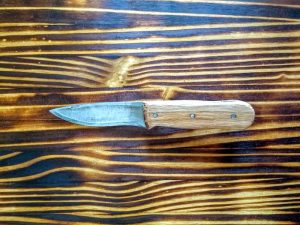
And, if you’ve followed the guide from front to back, you will end up with a knife you made from start to finish.
Over the course of 108 pages, 60 Full-Color photos, multiple examples, and a printable knife template, you will gain the ability to truly make a knife (Not limited to bushcraft knives. Use this guide with any knife template.)
It’s available for 94% less than Man Crates’ Knife Making Kit. And you’ll have the added opportunity to find your own steel, your own wood, and make your own knife still for less than a kit.
Pick up your digital copy here:
DIY Knife Making – Bushcraft Knives
Want to Learn to Forge Knives, too?
I built an complete online course dedicated to blacksmithing and forging knives. (The DIY Knife Making book is included in the course.)
You can preview the curriculum here for free:
You’ll learn the fundamentals of blacksmithing and how to set up your own knife making shop in easy to follow video lessons.
